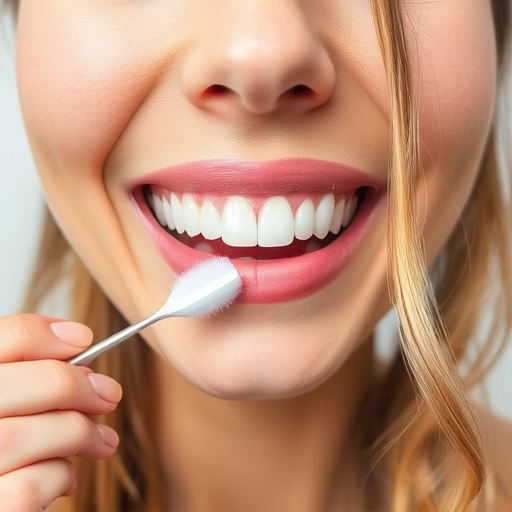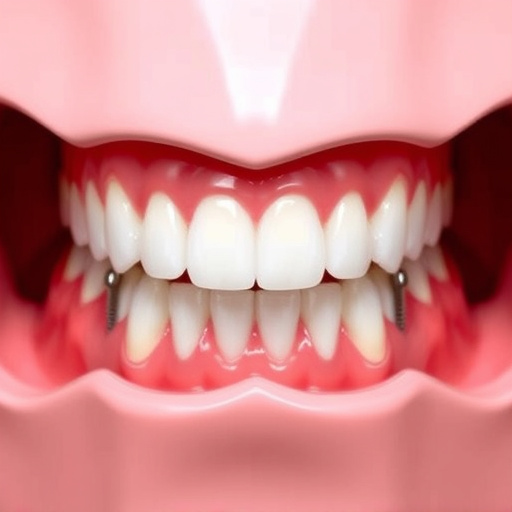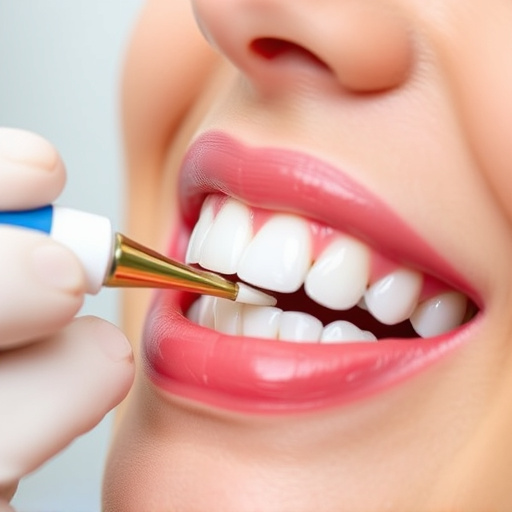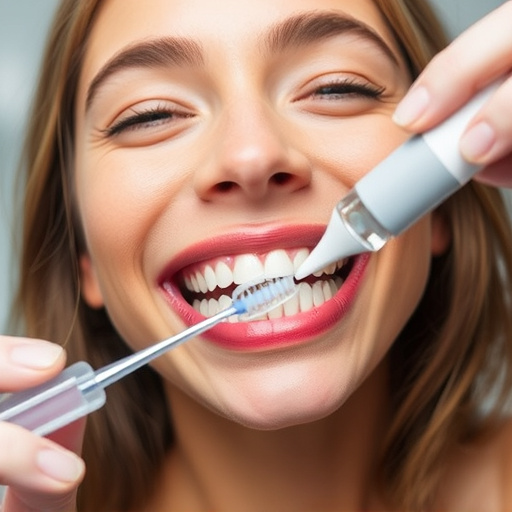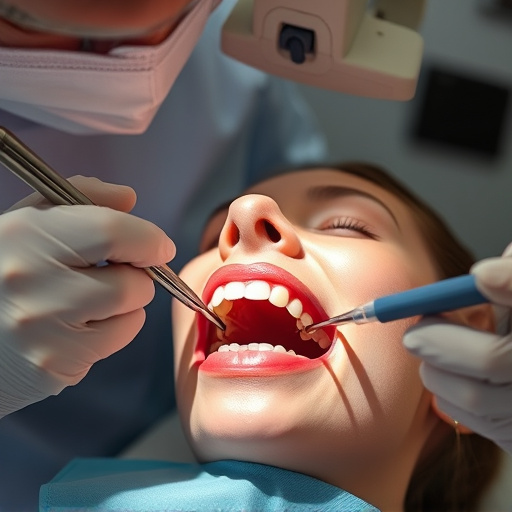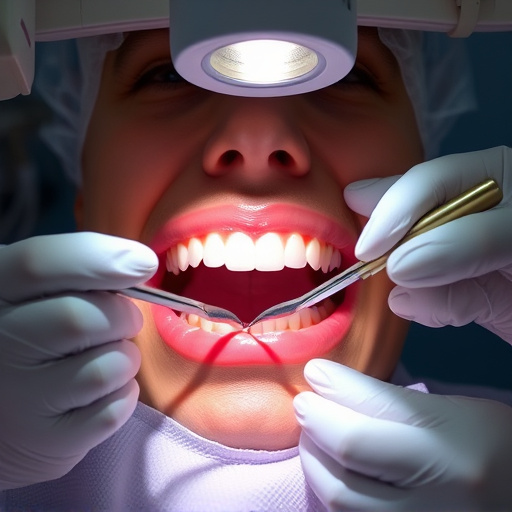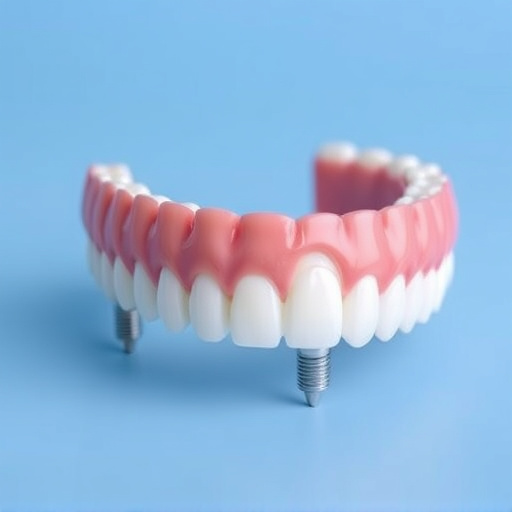Dental restoration services include inlays/onlays (less invasive for mild damage) and crowns (for severe cases). Inlays cover biting surfaces, onlays add cusp protection. Crowns offer durability & aesthetics, ideal for molars. Choose based on tooth damage & structure, combine with clear aligners for comprehensive care.
“Dental restoration services are pivotal in maintaining oral health and enhancing smile aesthetics. This comprehensive guide delves into three popular procedures: inlays, onlays, and crowns. Each offers unique benefits tailored to specific dental needs. Understanding these restorative options allows patients to make informed decisions. From durability and longevity to aesthetic appeal, we explore how inlays, onlays, and crowns effectively restore teeth, ensuring both function and beauty. By the end, you’ll be equipped to choose the ideal dental restoration service for your requirements.”
- Understanding Dental Inlays and Onlays: A Comprehensive Guide
- Crowns: Restoring Teeth with Durability and Aesthetics
- Choosing the Right Restoration: Inlays, Onlays, or Crowns?
Understanding Dental Inlays and Onlays: A Comprehensive Guide
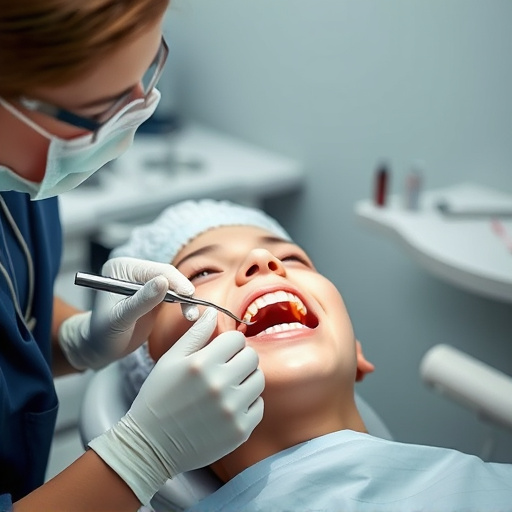
Dental inlays and onlays are advanced dental restoration services that offer a less invasive alternative to traditional crowns. These procedures are designed to preserve as much of the natural tooth structure as possible while providing a strong, long-lasting repair.
An inlay is used when the damage to a tooth is limited to the biting surface or between adjacent teeth. It involves bonding a small, custom-made tooth-colored filling made of composite resin or porcelain directly into the cavity. On the other hand, an onlay is similar but also covers one or more cusps of the tooth. Both procedures are considered conservative options in general dentistry, often preferred for smaller repairs before considering a full crown, which requires removal of more tooth structure. They also serve as excellent alternatives to clear aligners for those looking for a more permanent solution than removable braces, while still maintaining good oral health through regular dental cleanings.
Crowns: Restoring Teeth with Durability and Aesthetics
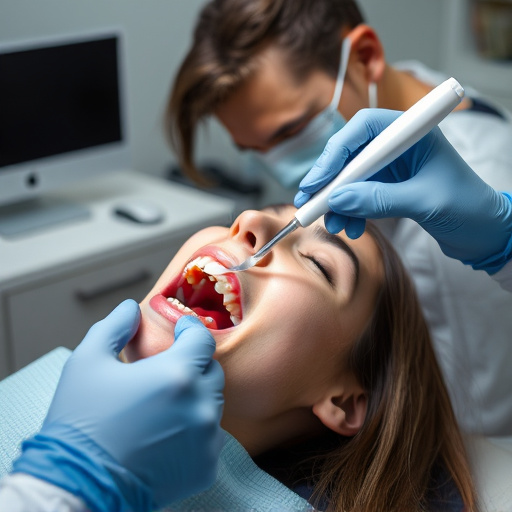
Crowns are a popular choice among dental restoration services, offering both durability and aesthetic appeal. These custom-made caps are placed over damaged or decayed teeth to restore their function and appearance. Crafted from materials like porcelain or metal, crowns fit snugly over the remaining tooth structure, providing long-lasting protection against further damage.
When a tooth is severely damaged but not beyond repair, a crown can be the perfect solution. They are particularly useful for restoring molars, which bear more force during chewing. In addition to their structural benefits, crowns also enhance the smile’s overall aesthetics, ensuring that your teeth look uniform and natural in color. Consider seeking emergency dental care if you suspect a tooth needs crowning, along with other services like clear aligners or tooth repair for comprehensive oral health solutions.
Choosing the Right Restoration: Inlays, Onlays, or Crowns?

When considering dental restoration services, understanding the options available is key to making an informed decision. Inlays, onlays, and crowns are all effective solutions for restoring damaged or decayed teeth, each with its own unique advantages. The choice between these depends on the extent of the damage and the health of the remaining tooth structure.
For minimal damage, such as small chips or pits, inlays or onlays might be the ideal option. Inlays are indirect fillings bonded directly to the tooth surface, while onlays cover a slightly larger area, similar to a crown but with less material used. These options are excellent for preserving more of the natural tooth structure compared to a full crown. However, if the damage is extensive or the tooth is severely weakened, a crown might be the best choice as it provides the most protection and strength, often lasting longer than inlays or onlays. Regular dental cleanings, routine oral exams, and even preventive measures like fluoride treatments can contribute to successful outcomes with these restoration services.
Dental inlays, onlays, and crowns offer effective solutions for restoring damaged or weakened teeth. By understanding each option’s unique benefits, patients can make informed decisions about their dental health. Whether prioritizing durability, aesthetics, or cost-effectiveness, these advanced dental restoration services cater to diverse needs, ensuring a confident smile for years to come.







